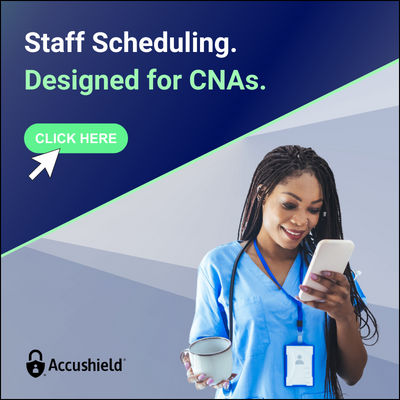By Susan Saldibar
If you’ve ever sold software, as I have, you know that the successful deployments are those with a solid service package attached. I can’t tell you how often I’d hear, “Oh, we don’t need all those services, we have our own people who can get the job done.” But they couldn’t. So, instead of opting in for the service piece upfront, they would end up piecemealing it weeks (or months) after the install, ultimately costing more, with less than optimum results.
The lesson to be learned here is a pretty obvious one: Don’t buy an enterprise software platform and think you can get it up and operating on all cylinders alone. You can’t. Period.
Have You Gone Through These Crazy Gyrations Just to Squeeze a Software Platform Into Your Budget?
I spoke recently with Tod Madderra, CTO in charge of development for Continuum CRM (a Senior Living Foresight partner). Development people understand the importance of the service piece better than anyone else. And Tod tells me that most companies look at the software license cost and the service component cost and try to get the biggest discount they can from each area. So, here’s what they do:
-
- They reduce the scope of the project services in order to get the price down
- They leave out some CRM functionality to implement at another time
- They reduce the amount of training for the light users, management, admins, IT, or in the worst case, for sales and marketing users
- They eliminate integrations to other systems or leave some potential users out to add in at another date
Any of the above are mistakes, Tod says. “When you buy a new CRM, you get a double whammy”, he tells me. “You are hit with new license fees and implementation costs at the same time. So, something has to give, and it usually winds up being cuts to the project services and/or training. This is the worst place to cut corners,” Tod adds. Anyone who’s ever done it knows why. You’ll suffer downstream by never getting the full benefit and value from your software. And it may even cost you more in time and money down the road.
Pennywise and Pound Foolish
So why do services normally get the most cuts, as opposed to the software itself? There are really two reasons, according to Tod.
-
- First, it is easy to cut the scope to reduce the price. The client can often accept a reduction in services, but they cannot go without a CRM license for the users who need them. Moreover, reducing the scope can deteriorate much of the benefit that you will get from your CRM system.
- Second, it is better for the CRM vendor to lower their project services price than to lower the license fees. Not only can they reduce the scope to get the cost down, but they also only lose project services revenue one time. License fees will be collected year after year, so it makes better business sense for the CRM vendor to lower the project cost instead of lowering the licenses.
“I have witnessed this discounting process time and time again, both as a customer and as a CRM vendor,” Tod says. “In both cases, I have seen first-hand how it undermines the success of the project,” he adds. Boy, can I relate.
Why Not Remove the Need to Make a Losing Choice in the First Place?
So how do we solve this problem? That’s a question, Tod tells me, that the people at Continuum took some time and effort to respond to. To arrive at a solution, they had a couple of questions themselves. Why not remove the need for businesses to make choices between software and services in the first place? Why not eliminate the software license cost for the first year? The only stipulation would be that the client needs to sign a 2-year contract. What I like about this is that there is no skimping on the process of fine-tuning the solution to fit hand in glove with each community’s unique needs and ways of doing business. No wonder, as Tod tells me, in the many years they’ve been in business, they have only lost one client. One! Seriously, who can say that?
Still, Tod acknowledges that many prospective users will be asking, “Why is Continuum CRM willing to do this?” I probably would as well. He has the answer. And it’s a good one. “We’re doing it because we know that when you don’t cut corners on Continuum CRM project services you will be successful, and when you are successful, we are successful, and you will be a Continuum CRM customer for many years to come,” he says. “We also understand the fact that you as the customer can do a much better job of budgeting for a CRM project if you don’t have this big upfront cost for licenses and project implementation at the same time. Making it easier for you to budget the cost of your CRM project means we will get more projects. It is truly a win/win for everyone.”
You can learn more about Continuum CRM and the no-cost for the first year of licenses by clicking the button below.
For more information about Continuum CRM, please visit their website.








